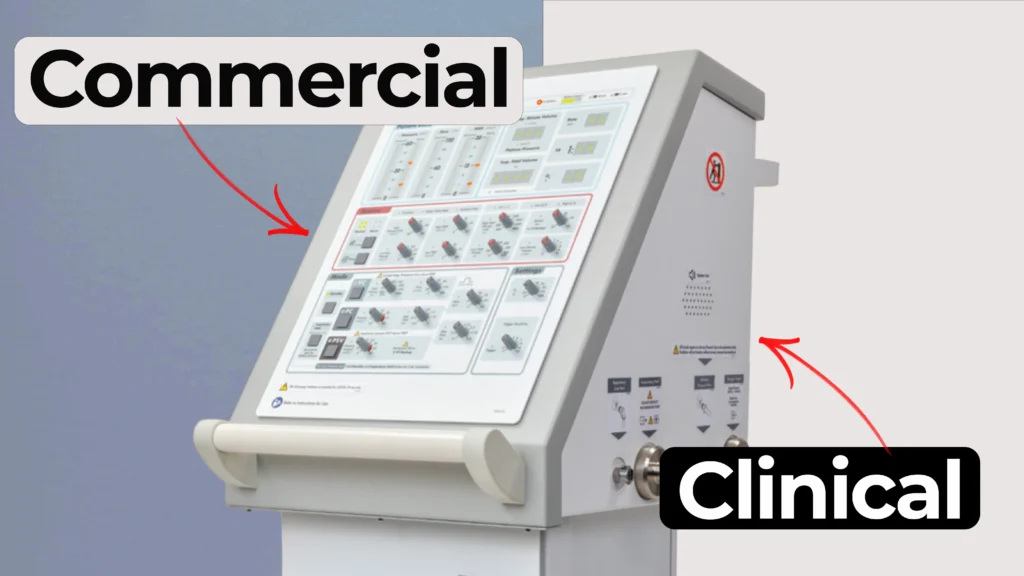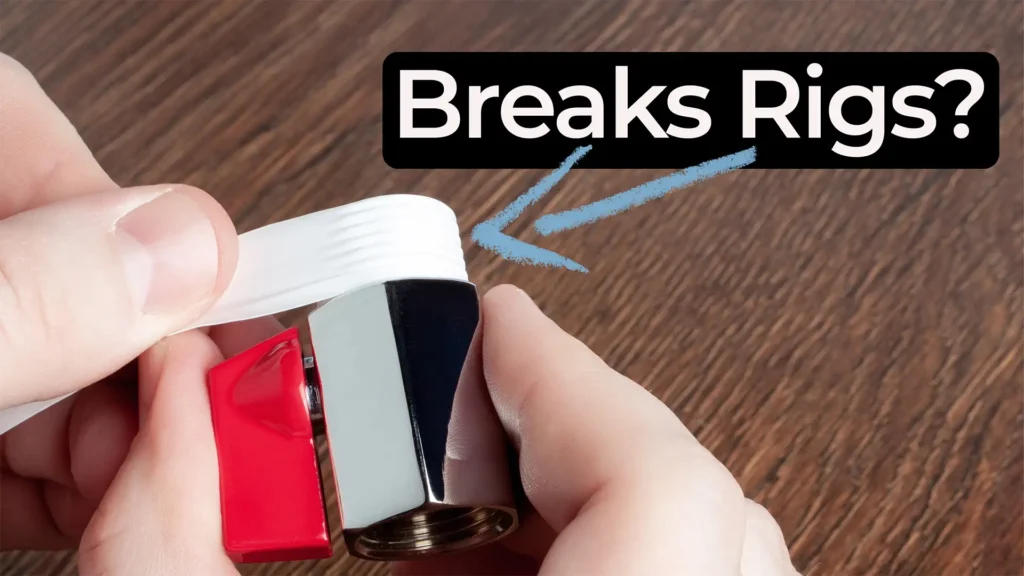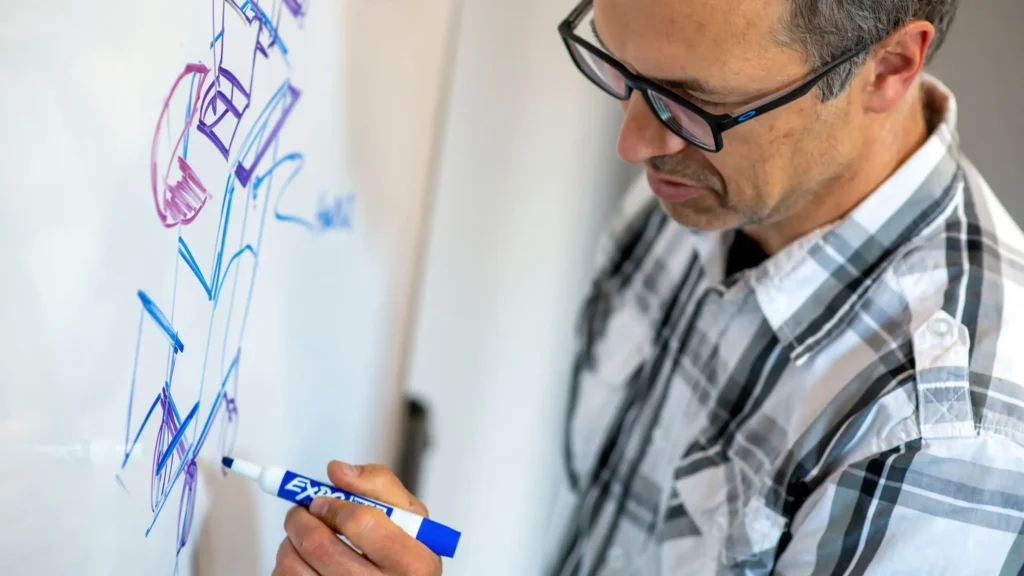
What Is a Theranostic Wound Dressing?
A theranostic wound dressing does more than cover a cut—it actively detects infection and delivers targeted treatment. In this Bio Break episode, Nick and Nigel explore how this smart technology could transform chronic wound care for patients with conditions like diabetic foot ulcers.
How Theranostic Wound Dressings Work
This is no ordinary Band-Aid. While Nick jokes about having a stash of Pokémon bandages at home, this dressing prototype is designed for something much more serious—chronic wounds and diabetic foot ulcers, where early detection and timely treatment are essential.
The innovation lies in a visual infection indicator embedded within the dressing. When an infection is detected, the dressing can release an antimicrobial treatment directly into the wound site, offering a targeted therapeutic response before complications escalate.
Benefits of Theranostic Wound Dressings
Why is that important? Because antimicrobial stewardship is more critical than ever. Overusing broad-spectrum antibiotics or applying antimicrobials when they’re not needed contributes to resistance and unnecessary costs. This dressing applies treatment only when and where it’s required—no more, no less.
Of course, not every scrape or paper cut needs advanced diagnostics. Nick and Nigel discuss the use case limitations, noting this device wouldn’t make sense in your medicine cabinet at home. But in hospitals, long-term care centers, or for at-risk patients with chronic wounds, it could be a game changer.
The future of wearable MedTech is here, and it’s smarter than ever. Tune in to see how this dressing bridges diagnostics and therapy in one elegant solution—and where it might show up next.
Learn more about StarFish Medical.
Related Resources

Understanding how clinical ventilator development differs from commercial ventilator design is essential for teams planning early studies.

Nick walks through a practical Teflon tape lesson that came from real work supporting a mechanical test rig.

Most sterile medical devices begin their journey long before anyone thinks about sterilization. Teams focus on function, usability, materials, and suppliers, then discover that sterilization constraints can reshape many of those early decisions.

After years of working with founders and technical teams, I have learned that early design missteps rarely come from engineering flaws. More often than not, they come from missing conversations.
